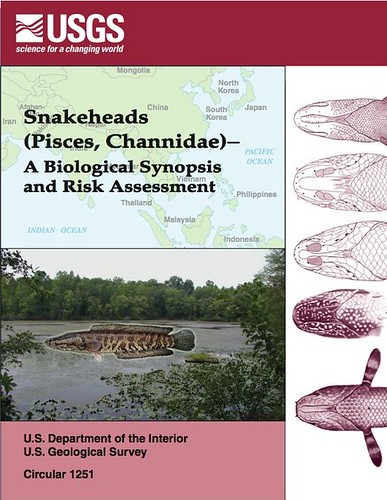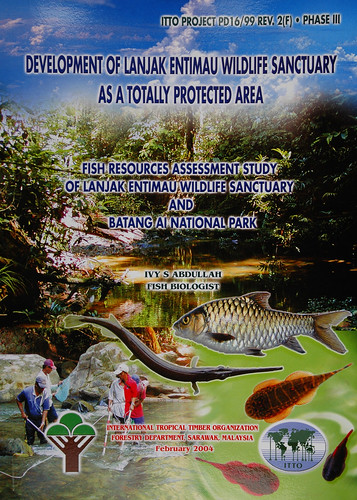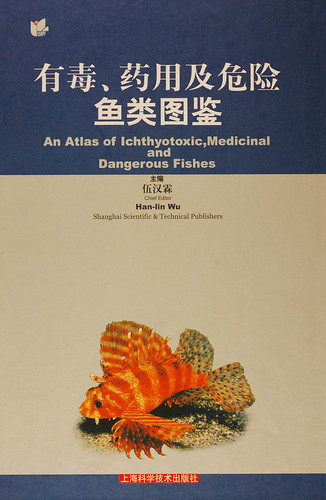Natural History Museum of Los Angeles County Science Series 39, 124 pp. ISSN 1-891276-27-1. US $20. Orders to K. Victoria Brown, Natural History Museum of Los Angeles County, 900 Exposition Boulevard, Los Angeles, CA 90007, USA; e-mail: vbrownnhm.org.
AN UPDATED CLASSIFICATION OF THE RECENT CRUSTACEA.
When Joel W. Martin and George E. Davis decided to newly arrange the crustacean collection of the Natural History Museum of Los Angeles County Museum, they did not do it the easy way, which would have been to base their arrangement on the most recent published overview of crustacean families from Bowman & Abele (1982). Instead, they undertook a major (and courageous) task: they decided to gather all the available knowledge on higher crustacean systematics and compile it afresh in "an updated classification of the recent Crustacea", For this purpose, they confronted 102 specialists of different crustacean taxa with several drafts of a revised classification, and collected and assimilated their opinions (whenever possible) into a complete document. Not only will the crustacean collection of the Los Angeles Museum benefit from this exhaustive work, but the entire crustacean scientific community should acknowledge this effort. It is no surprise that after 20 years of worldwide taxonomic and systematic research, and with new molecular methods being implemented in systematics, a large number of new insights and systematic changes have been introduced to crustacean classification since Bowman & Abele's (1982) key compilation. However, as already pointed out by the authors, the crustaceans are a very diverse group and most taxonomists working on them are only specialists for small selected groups. Therefore, most of them are not aware of the changes that have occurred in other crustacean groups, and a review of the classification in the form of the present study was much needed. As a result, almost 200 more families appear in this work than in Bowman & Abele's (1982) classification, giving us an overall total of 849 extant crustacean families.
The title of the book is somewhat overstated in that the "updated classification of the recent Crustacea" does not include all taxonomic levels of the Crustacea. The classification does not go below the level of family for any of the taxa included. This, however, is understandable, considering that most previous revisions were also restricted to the suprageneric level and higher. Thus including more detailed taxonomic treatments would have meant starting from scratch for most of the groups. We also have to keep in mind that in all revisions, authors must draw a line somewhere in order to complete the task without getting lost in too much detail and getting mired in ongoing developments. The inclusion of all subfamilies and genera would have increased the necessary amount of work (as well as the controversies among specialists) exponentially and made a publication unrealistic. With 124 pages, this compilation is already much more extensive than Bowman & Abele's (1982), which consisted of only 27 pages. Finally, the acceptance and success of a systematic scheme will always depend on its scientific longevity, and it is evident that all systematic classifications are much less stable at the generic level than at higher taxonomic levels.
After a general introduction, the authors define their methods and dedicate a few paragraphs to some of the methods that have contributed to the new insights used for the updated classification of Crustacea: cladistics, molecular systematics, sperm morphology, larval morphology, and the fossil record. The "Rationale" starts with a discussion of general questions concerning the monophyly of the Crustacea, the total number of classes and their relationships. However, its main purpose is to introduce briefly the higher crustacean taxa, the most important problems concerning their classification, and diverging opinions on their systematics. This is the section wherein the authors justify why they selected the classifications that they present in the following section, and what possible alternative classifications could be considered. Naturally, there are different opinions on the classification of almost all crustacean taxa. Therefore, in many cases the authors had to compromise between different specialists' opinions, having been accused by some of favouring different systematic philosophies and approaches as noted in their concluding remarks (p. 57). We should not forget, however, that higher systematics must still be regarded a theoretical science and is mostly meant as a framework for presenting assumed phylogenetic relationships. As long as we do not have a full understanding of these phylogenetic relationships (i.e., always), everyone has the right to propose and employ different higher classification systems, which after all are little more than subjective "working hypotheses" or "models" based on the available knowledge. Consequently, Martin & Davis also had to review a vast number of systematic theories and findings in order to finally propose "their" classification on the basis of synthesis, consensus, and judgement calls. While no one should begrudge these authors for the decisions they had to make, the nature of these circumstances are such that many specialists will have some major or minor objections to varied aspects of the classification as presented in this study. Martin & Davis at very least do justice to diverging opinions by dedicating a special chapter (Appendix I) of their paper for publication of varied opinions by colleagues, each opinion classified by taxonomic group. This is a very fair and useful strategy that allows one to recognize where some of the disagreements center in the ongoing search for the best systematic system. Unfortunately, these comments refer to only a penultimate draft of the classification, and therefore it is not always immediately clear whether the concerns of the contributors have been met and whether their views have been adopted.
The third appendix is dedicated to a list of other crustacean resources, which includes journals, newsletters, and specialised web sites. This is certainly of great use for everyone who would like to follow new results and insights of crustacean research as well as to keep up with future discussions concerning crustacean systematics and classification. The cited literature of approximately 900 references is very much up to date, often also including unpublished results from recent scientific meetings. In one case, the anticipated taxonomic change even predated the official publication. The description of the Glyptograpsidae Schubart, Felder & Cuesta was published in 2002 and not in 2001 as stated in Martin & Davis. However, since their first official mention of the taxon does not include a description, the name used in the classification is a nomen nudum, and only becomes valid with the original description by Schubart et al. (2002).
Overall, this classification will turn out to be extremely useful to all those working with crustaceans, not only in systematics, but also in all other fields of biological sciences. All researchers and readers of scientific studies should be informed about the current knowledge concerning the systematic placement of the organisms under study. The authors deserve much credit for gathering all this information, and for providing us with such an important tool for future studies. Of course, there will soon be more new evidence and ensuing taxonomic change that will outdate some of the classifications as presented, but for the moment we have a new basis on which to build and add future insights. I hope that not longer than in another 20 years time, a similarly motivated team of researchers will provide us with the next updated classification of the Crustacea.
LITERATURE CITED
Bowman, T. E. & L. G. Abele, 1982. Classification of the Recent Crustacea. In: Abele, L. G. (ed.), Systematics, the fossil record, and biogeography, vol. I of Bliss, D. E. (ed.), The Biology of Crustacea. New York, Academic Press. pp. 1-27.
I, Schubart, C. D., J. A. Cuesta & D. L. Felder, 2002. Glyptograpsidae, a new brachyuran family from central America: larval and adult morphology, and a molecular phylogeny of the grapsoidea. Journal of Crustacean Biology, 22(1): 28-44.
Christoph D. Schubart I
Biology 1
University of Regensburg
93040 Regensburg, Germany.
First published in The Raffles Bulletin of Zoology Vol 50(1): 279-280 on 30 Jun 2002.














